In recent years, QR Code Marketing has gained increasing importance, as it provides a seamless and efficient way to connect with customers. It tracks their behavior and helps them have a personalized experience with your brand. QR codes offer businesses the ability to customize and monitor interactions. Making them a valuable tool for any marketing strategy that enables engagement with your audience or customers in new and innovative ways. To understand the importance of QR Codes in marketing, we need to understand exactly what QR Codes are.
What is a QR Code
Masahiro Hara, the chief engineer of Denso Wave, a Japanese company and subsidiary of Toyota, invented the QR code in 1994. Initially, the QR code was used to track vehicles and parts as they moved through the manufacturing process. However, over the past few decades, the applications of QR codes have broadened to include product tracking, item identification, document management, and general marketing.
QR, which stands for “Quick Response” Codes, are type of barcode that can be easily readable with digital devices such as smartphones. These codes store information as a series of pixels in a square grid that can be read in two directions, top to bottom and right to left, unlike standard barcodes that can only be read top to bottom.
QR codes have the capacity to store around 4,000 characters, including punctuation and special characters, which is approximately 7,000 digits. They can also encode information like phone numbers or internet addresses. The arrangement of each QR code varies depending on the information it contains, which changes the arrangement of its black modules.
How QR Code differs from Bar Code
Barcodes are typically one-dimensional patterns consisting of vertical bars of varying widths and spaces between them. They are designed to store and convey small amounts of data, such as product information and pricing in a retail store. Barcodes are read by scanning a light source across the code and measuring the amount of light that is reflected back to a sensor.
On the other hand, QR codes are two-dimensional patterns that consist of black squares arranged on a white background. They are designed to store much more data than a barcode, such as website URLs, email addresses, and even entire vCard contact information. QR codes can be scanned using a smartphone or a dedicated QR code scanner, and the information is decoded and displayed on the screen.
| Feature | QR Code | Barcode |
| Design | Square-shaped, can contain more information due to its ability to store data vertically and horizontally | Rectangular-shaped, can only store limited information |
| Scanning | Can be scanned using a smartphone with a QR code reader app | Requires a barcode scanner to read |
| Uses | Often used for marketing and advertising purposes, inventory tracking, and payment systems | Mostly used for product identification and tracking in retail and manufacturing industries |
| Error Correction | Has built-in error correction capability, making it more reliable in data storage | No error correction, making it less reliable in data storage |
| Size | Can be printed in small sizes without losing its scannability | Needs to be printed in larger sizes to ensure scannability |
| Popular Variations | Dynamic QR Codes, which can be edited even after printing | 1D Barcodes (UPC/EAN), 2D Barcodes (Data Matrix, PDF417) |
While barcodes are more commonly used in industries such as retail and manufacturing where product identification and tracking are essential. QR Codes are more versatile and efficient in storing and reading data compared to barcodes.
The QR code, however, despite being a mid-90s invention, it didn’t gain real momentum until the era of smartphones. Mobile devices allowed the digital mark to be used in more dynamic and diverse ways, making it easy — especially during the time of the pandemic (COVID-19), QR codes provide a contactless way to connect and share information.
Types of QR Code
Dynamic QR Codes
Dynamic QR codes, are QR codes that have the capability to be edited and updated with new information even after they have been created. The encoded data can be modified, allowing the QR code to redirect to different URLs, display different text, or provide updated contact details. Dynamic QR codes are useful for businesses that need to update information frequently, such as menu items or pricing.
Static / Text QR Codes
QR codes that can be used to display simple information, such as a website URL or contact information. A static QR code contains fixed information that cannot be changed once it is generated. The encoded data, such as a URL, text, or contact information, remains the same throughout the lifespan of the QR code. It is suitable for situations where the content linked to the code does not need to be updated frequently.
vCard QR Codes
Can be used to easily share contact information with others. The QR code can be scanned to automatically add the contact’s information to the user’s address book.
Email QR Codes
QR codes can be used to quickly and easily send an email to a specific address. The QR code can be scanned to automatically open an email draft with the recipient’s email address pre-populated.
SMS QR Codes
QR codes can be used to quickly send a text message to a specific phone number. The QR code can be scanned to automatically open a new text message with the recipient’s phone number pre-populated.
FaceTime QR Codes
This type of QR code can be used to easily initiate a FaceTime call with a specific contact. The QR code can be scanned to automatically open a FaceTime call with the recipient’s contact information pre-populated.
Location QR Codes
Use to easily share a specific location with others. The QR code can be scanned to automatically open a map with the location pre-populated.
Crypto QR Codes
Use to easily send or receive cryptocurrency. The QR code can be scanned to automatically populate the recipient’s wallet address and the amount to be sent.
PayPal QR Codes
Just like crypto QR codes, PayPal QR code is use to easily send or receive payments via PayPal. The QR code can be scanned to automatically populate the recipient’s PayPal account information and the amount to be sent.
Zoom QR Codes
Can be used to easily join a Zoom meeting. The QR code can be scanned to automatically open the Zoom app and join the meeting.
Skype QR Codes
Can be used to easily initiate a Skype call with a specific contact. The QR code can be scanned to automatically open a Skype call with the recipient’s contact information pre-populated.
WhatsApp QR Codes
Can be used to easily start a chat with a specific contact. The QR code can be scanned to automatically open a WhatsApp chat with the recipient’s contact information pre-populated.
Telegram QR Codes
Can be used to easily start a chat with a specific contact. The QR code can be scanned to automatically open a Telegram chat with the recipient’s contact information pre-populated.
Restaurant Menu QR Codes
Restaurant menu QR codes can be used to easily share a restaurant’s menu with customers. The QR code can be scanned to automatically open a digital menu with available custom design.
Business Profile QR Codes
Can be used to easily share a business’s contact information, website, and social media profiles. The QR code can be scanned to automatically open the business’s profile information.
Billing QR Codes
Can be used to easily send or receive payments by scanning the QR code. The QR code can be scanned to automatically populate the payment information and the amount to be sent.
QR codes are versatile and valuable tool in marketing because they make it easy for people to access information, drive traffic to websites, collect data, boost engagement, and make transactions more convenient both to the customer and the business owners. Finally, as more and more people become familiar with QR codes and how to use them, QR codes perform an indispensable role in the world of marketing.
After discussing what QR Code is, its types, and uses, we can now see (somehow) why QR code is significant in marketing. Let’s dive into it.
Why is QR Code Marketing important?
Makes it easy to access information quickly
QR codes can be used to provide information about products or services. For example, imagine you are walking through a store and you see a QR code on a product. You can simply scan the code with your phone and instantly access the information about that product, such as its price, features, and customer reviews. The same as well in a restaurant, just scan the QR code to see the menu, make reservations, and or claim special offers or exclusive content.
Also, instead of having to type in a long website URL, all you need to do is scan the QR code and you’re taken directly to the website! This is especially useful when you’re on the go and don’t have time to type in a URL.
QR code can be tracked
Another reason why QR codes are important in marketing is that they can be tracked. When someone scans a QR code, you can track how many times it was scanned and even where it was scanned from. This information can be used to measure the success of a marketing campaign and make adjustments accordingly.
QR code is versatile
QR codes are also versatile and can be used in a variety of marketing materials. They can be printed on flyers, posters, business cards, and even product packaging! This makes it easy for customers to access information about a product or service, no matter where they are.
QR codes drive traffic to your website
For example, a company might include a QR code on a billboard or in a magazine advertisement. When someone scans the code, they will be taken directly to the company’s website, where they can learn more about the company and its products or services.
Collect data and or feedback from customers
Another benefit of QR codes is that they can be used to collect data about customers. For example, a company might include a QR code in a survey or on a customer feedback form. When someone scans the code, they can be directed to an online survey or feedback form that they can fill out. This can be a quick and easy way for companies to collect valuable information about their customers.
Make transactions more convenient
For example, a restaurant might include a QR code on its menu that customers can scan to pay for their meals using a mobile wallet app. This can be a faster and more convenient alternative to paying with cash or a credit card.
In Conclusion, QR Code Marketing has become an increasingly crucial aspect of marketing efforts in recent years. It provides an effortless and efficient way to engage with customers, monitor their behavior, and tailor their experience with your brand. Utilizing QR Codes in your marketing campaigns can boost engagement and retention rates while streamlining lead generation and sales processes. By leveraging the power of QR Code Marketing, businesses can achieve greater success in their marketing efforts and gain a competitive edge in today’s ever-evolving digital landscape.
Please jump on to our next topic QR Code Best Practices, as part of our Ultimate Guide to QR Code Marketing
___
QrDuo is the best QR Code Platform, known for its being simple, user-friendly, yet packed with advanced features and functionality – where creating and managing dynamic qr codes has never been easier. TRY IT FOR FREE



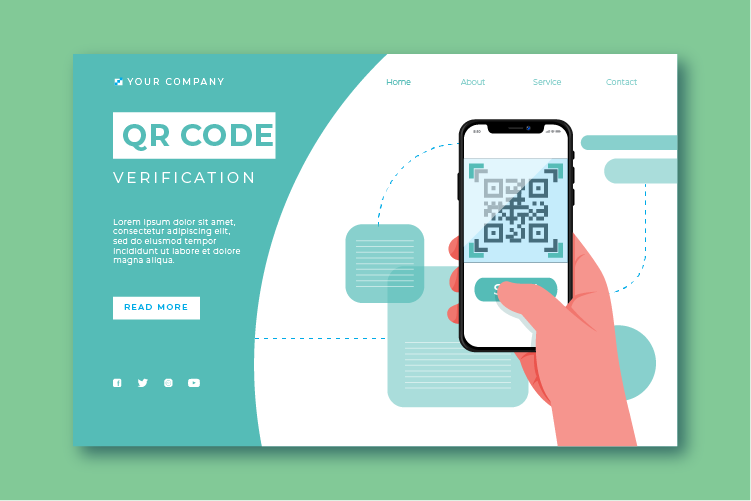
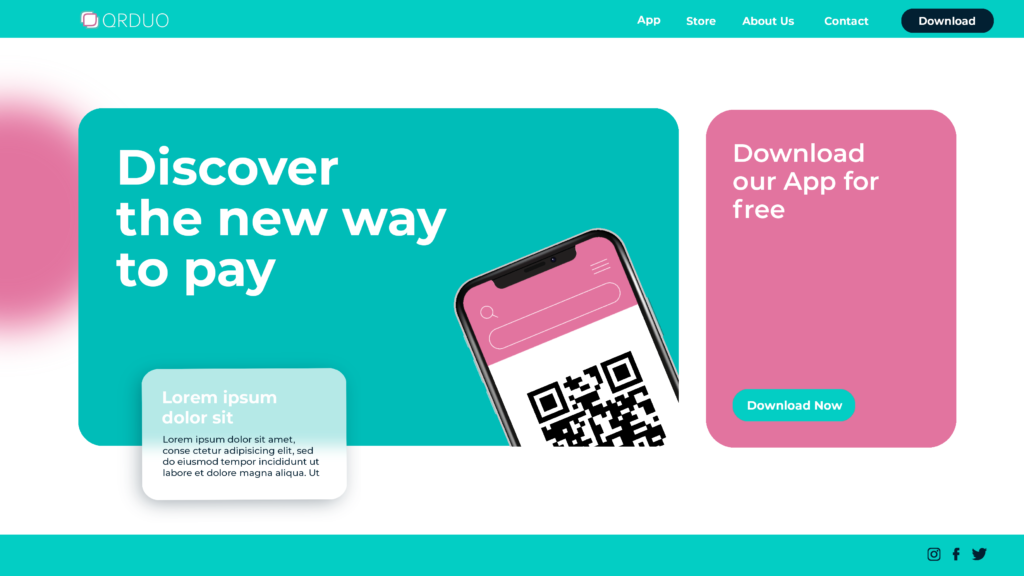
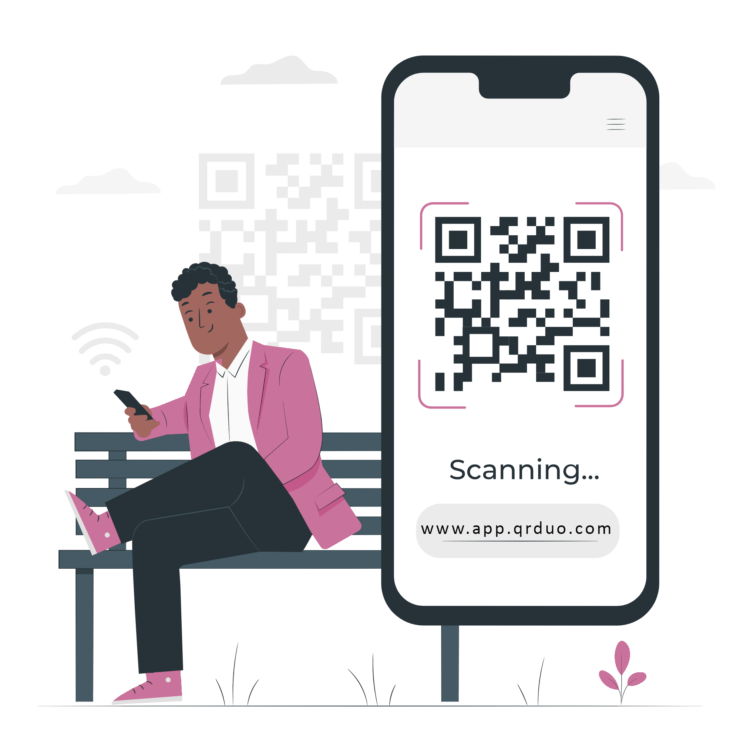
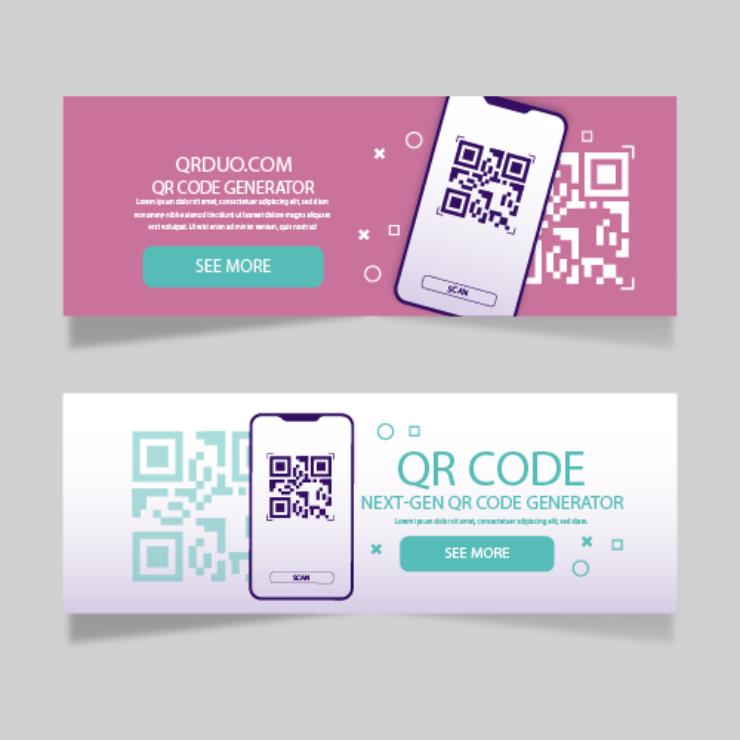
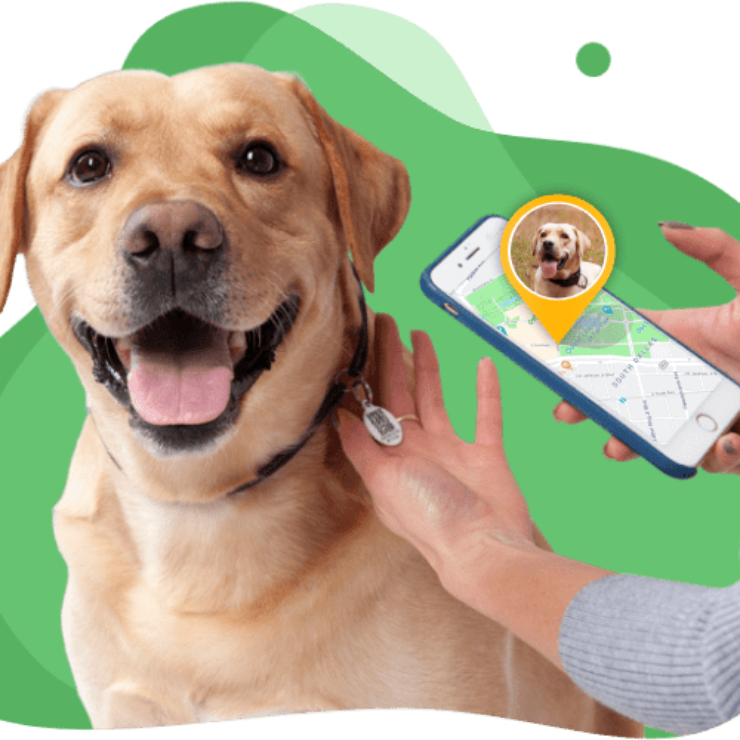
[…] we will be focusing on the effective usage of QR codes as a part of our ongoing series, the Ultimate Guide to QR Code Marketing. Having already covered the basics of what QR codes are, the various types of QR codes and their […]
[…] providers and hospitals to deliver exceptional patient care and effectively market their services. QR codes have proven to be a valuable asset in achieving these goals. By incorporating QR codes in various […]
[…] codes have now become an integral part of marketing campaigns, business promotions, and information sharing. They provide an easy and efficient way to engage […]